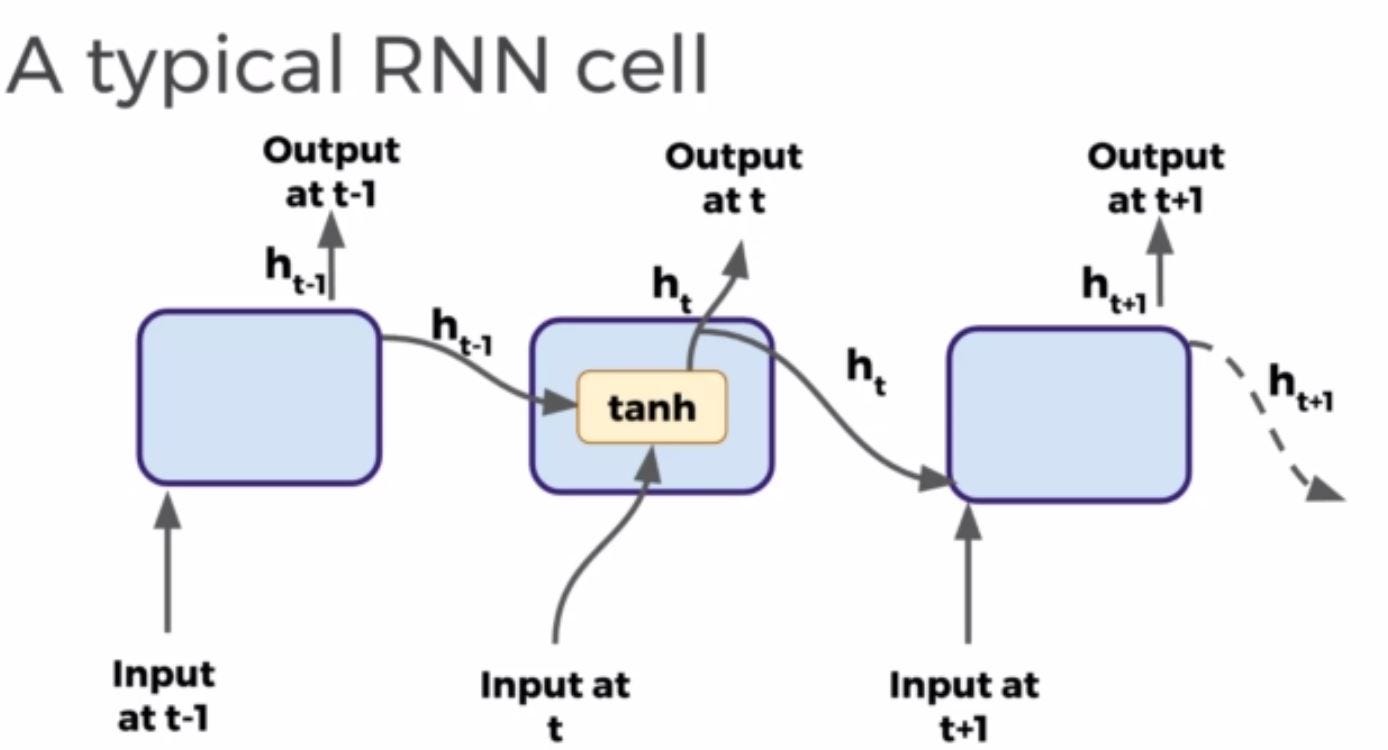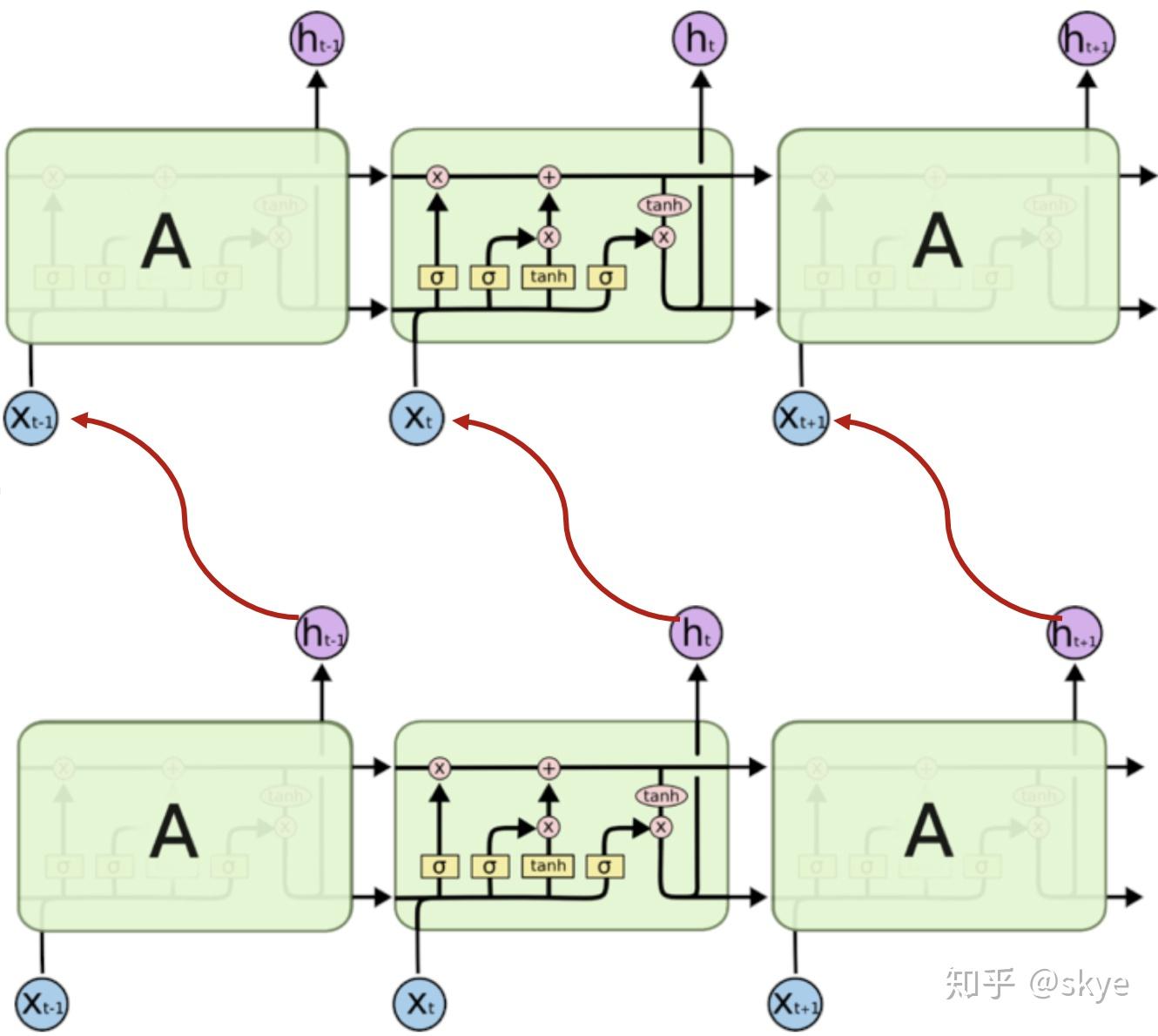
Overlapping processes of different NN cells between the longitudinal
Effect of NN-32 on Cell Viability of Mouse Fibroblast Cells and Human Lung Cancer Cells. The effect of NN-32 on the growth of A549 cells and the IC 50 were analysed using an MTT assay. NN-32 treatment of A549 significantly reduced cell viability at higher concentrations (in a concentration-dependent manner), as shown in Fig. 1a. At much higher concentrations, carboplatin-treated A549 cells.

Figure 1 from Noncell autonomous toxicity in neurodegenerative
Background: The early-generation ROS1 tyrosine kinase inhibitors (TKIs) that are approved for the treatment of ROS1 fusion-positive non-small-cell lung cancer (NSCLC) have antitumor activity, but resistance develops in tumors, and intracranial activity is suboptimal. Repotrectinib is a next-generation ROS1 TKI with preclinical activity against ROS1 fusion-positive cancers, including those with.

Cellautonomous and noncellautonomous neuroprotective functions of
Transform Your MS Word Experience with GenText AI Writing Assistant - Get Started! Streamline Report Writing with GenText AI - Save Time & Impress Colleagues

LSTM GRU RNN Let me tell What to understand in this… Neural
A new study reported that patients with non-small cell lung cancer (NSCLC) treated with a combination of low-dose radiation and immunotherapy had higher progression-free survival compared to patients who received immunotherapy alone two years after treatment. The findings from researchers at Weill Cornell Medicine, NewYork-Presbyterian and.

NNcells and their MBRapproximations Download Scientific Diagram
People With Lung Cancer Can Respond Well to Repotrectinib, but Unique Side Effects Should Be Monitored. Repotrectinib is not the first drug to target ROS1 fusions. The FDA previously approved two other drugs, crizotinib (Xalkori®) and entrectinib (Rozlytrek®).But crizotinib and entrectinib may work for a shorter time than repotrectinib before the tumors evolve and begin to develop resistance.

cell_nn EGEBIO.RU БИОЛОГИЯ ЕГЭ Елена Шишловская
Non-Small Cell Lung Cancer. • One of two primary types of lung cancer and the most common kind. • Symptoms include a cough that won't go away, chest pain, and fatigue. • Treatments include surgery, radiation therapy, immunotherapy, chemotherapy, and targeted therapy. • Involves Thoracic Oncology Program and Yale cancer center.

(ac) TEM pane with ODS 48 h thalamus euchromatic nerve cell body
Background:Pulmonary infections are a crucial health concern for patients with advanced nonsmall-cell lung cancer (NSCLC). Whether the clinical outcome of pulmonary infection is influenced by immunotherapy (IO) remains unclear. By evaluating immune signatures, this study investigated the post-immunotherapy risk of pulmonary infection in patients with lung cancer and identified circulating.

NonSmall Cell Lung Cancer Cancer Therapy Advisor
1. Introduction The centrosome got its name from the fact that it often occupies a central position in the cell; it was discovered even in the early works of cytologists who studied blastomeres or leukocytes using the iron hematoxylin staining method by Heidenhein [ 1 ].

tf.nn.rnn_cell.MultiRNNCell 知乎
PURPOSE Although immune checkpoint inhibitors (ICI) have extended survival in patients with non-small-cell lung cancer (NSCLC), acquired resistance (AR) to ICI frequently develops after an initial benefit. However, the mechanisms of AR to ICI in NSCLC are largely unknown. METHODS Comprehensive tumor genomic profiling, machine learning-based assessment of tumor-infiltrating lymphocytes.

PP, PN, and NN divisions cooccur during spinal cord neurogenesis. (A
Other things that make lung cancer more likely are: Radon, a radioactive gas found naturally in soil and rocks. Asbestos. Mineral and metal dust. Chronic obstructive pulmonary disease (COPD.

(a) The schematic diagram for the construction of the NN intracell, NN
Try the eBay way-getting what you want doesn't have to be a splurge. Browse At a cell! Find the deal you deserve on eBay. Discover discounts from sellers across the globe.

Physiological Roles of NonNeuronal NMDA Receptors Trends in
Other less common types of non-small cell lung cancer are: adenosquamous carcinoma, sarcomatoid carcinoma, salivary gland carcinoma, carcinoid tumor, and unclassified carcinoma. Smoking is the major risk factor for non-small cell lung cancer. Anything that increases your chance of getting a disease is called a risk factor.Having a risk factor does not mean that you will get cancer; not having.

7 Oriented cell division of the medial NN and E cells. (a) Drawings of
Key Points. Question What is the maximum tolerated dose of hypofractionated concurrent chemoradiation with an adaptive stereotactic ablative radiotherapy boost for patients with locally advanced, unresectable non-small cell lung cancer (NSCLC)?. Findings In this early-phase, dose-escalation nonrandomized controlled trial of 28 patients with NSCLC, the maximum tolerated dose was not exceeded.

(ad) Selected views of NN murine neuron cell bodies of the
Background As biomarkers, microRNAs (miRNAs) are closely associated with the occurrence, progression, and prognosis of non-small cell lung cancer (NSCLC). However, the prognostic predictive value of miRNAs in NSCLC has rarely been explored. In this study, the value in prognosis prediction of NSCLC was mined based on data mining models using clinical data and plasma miRNAs biomarkers. Methods A.

NonCellAutonomous Regulation of Cellular Senescence in Cancer Trends
GRUCell class torch.nn.GRUCell(input_size, hidden_size, bias=True, device=None, dtype=None) [source] A gated recurrent unit (GRU) cell

(ac) TEM pane with ODS 48 h thalamus euchromatic nerve cell body
HBV infection is the leading risk factor for HCC. HBV infection has been confirmed to be associated with the exhaustion status of CD8+ T cells and immunotherapeutic efficacy in HCC. In this study, we aimed to investigate the prognostic value of the CD8+ T-cell exhaustion signature and immunotherapy response in patients with HBV-related HCC. We identified different clusters of HBV-related HCC.